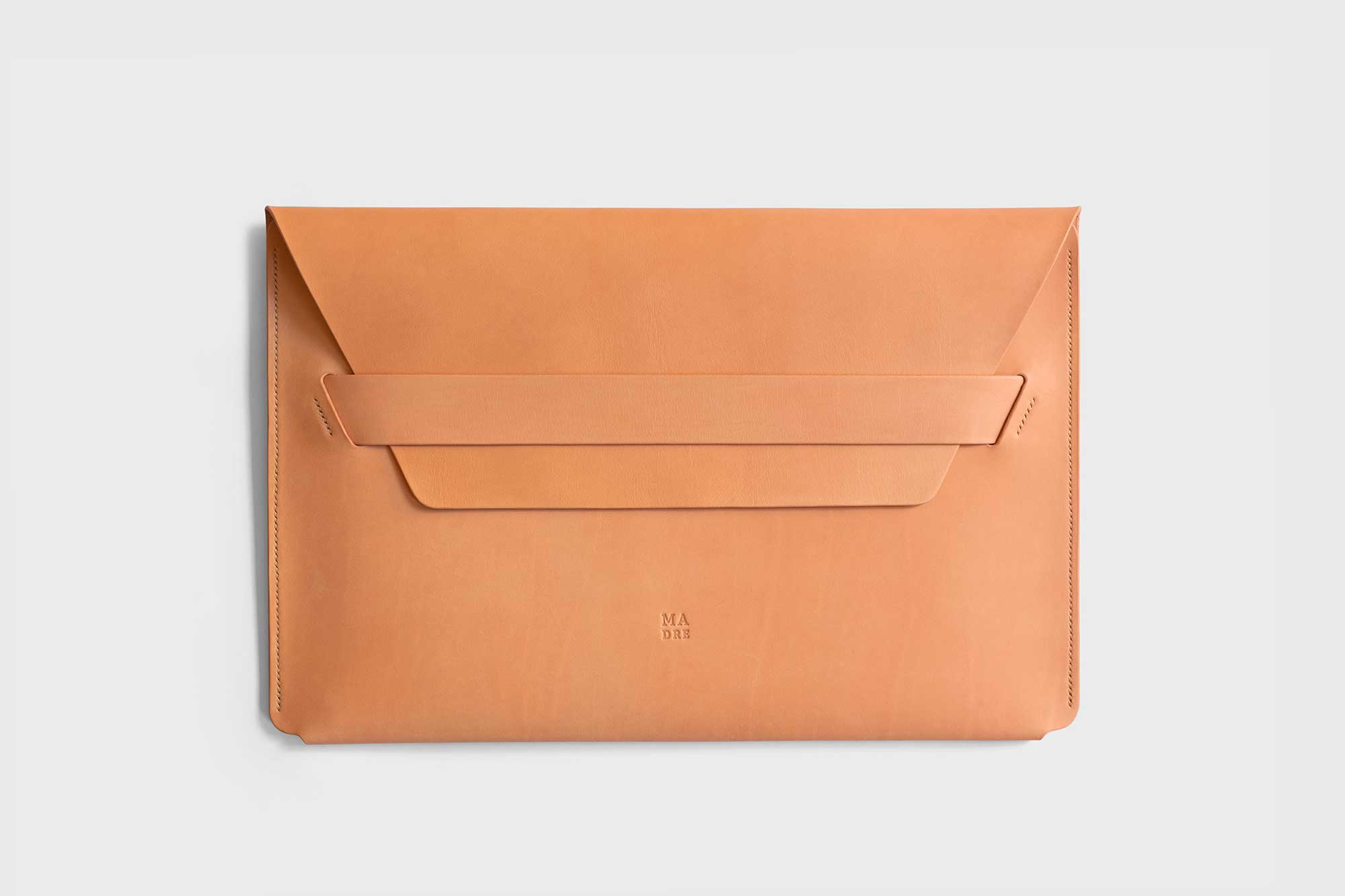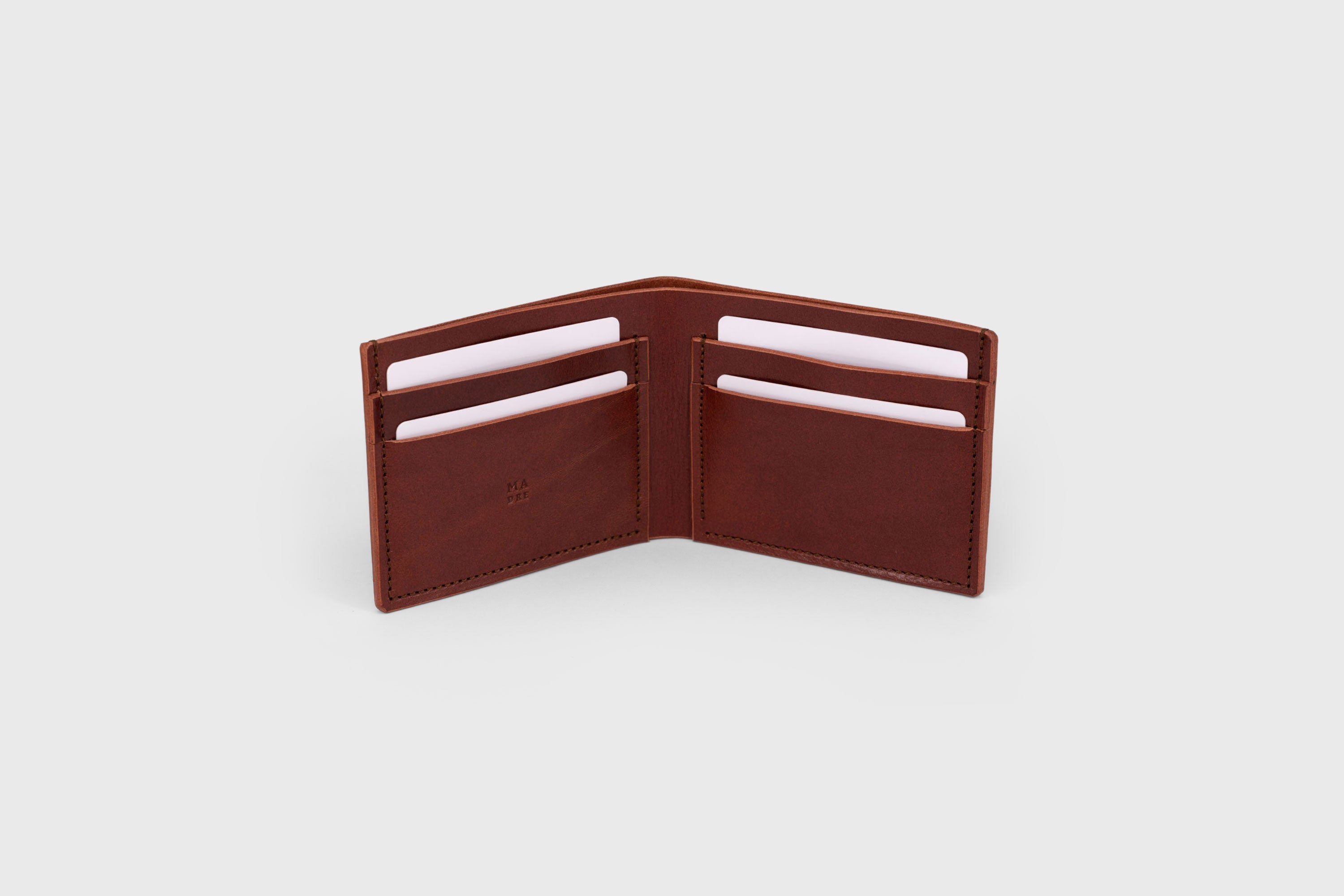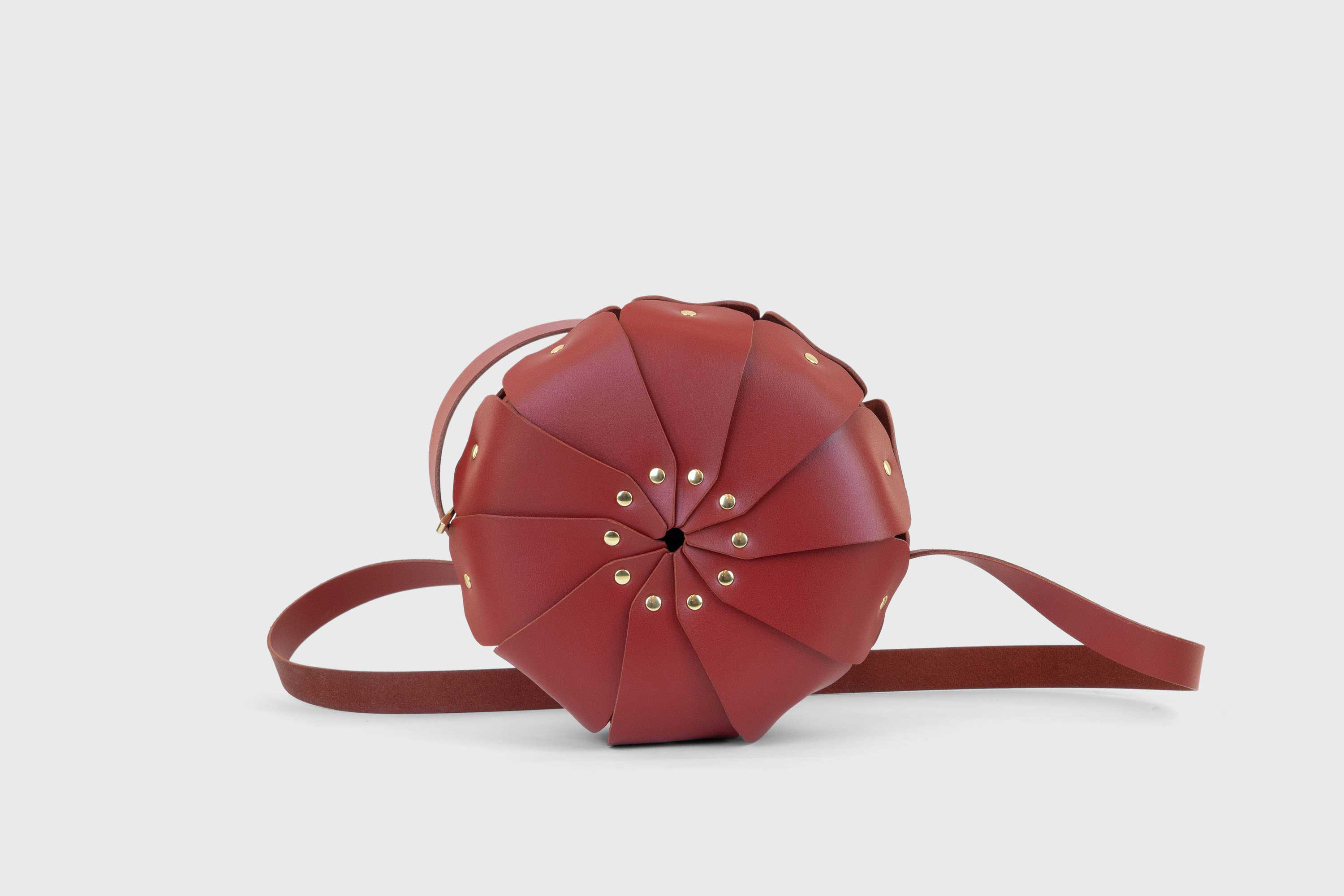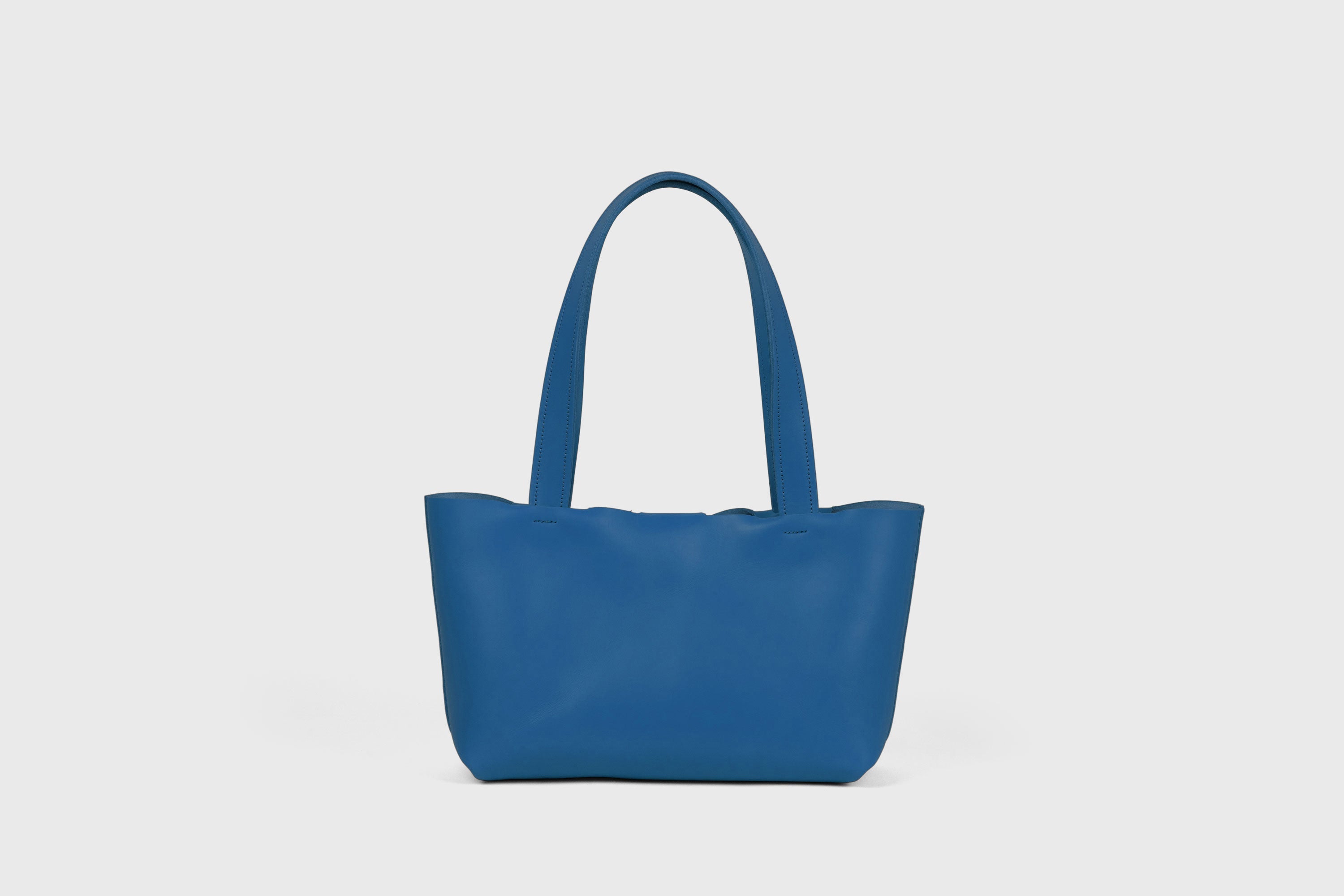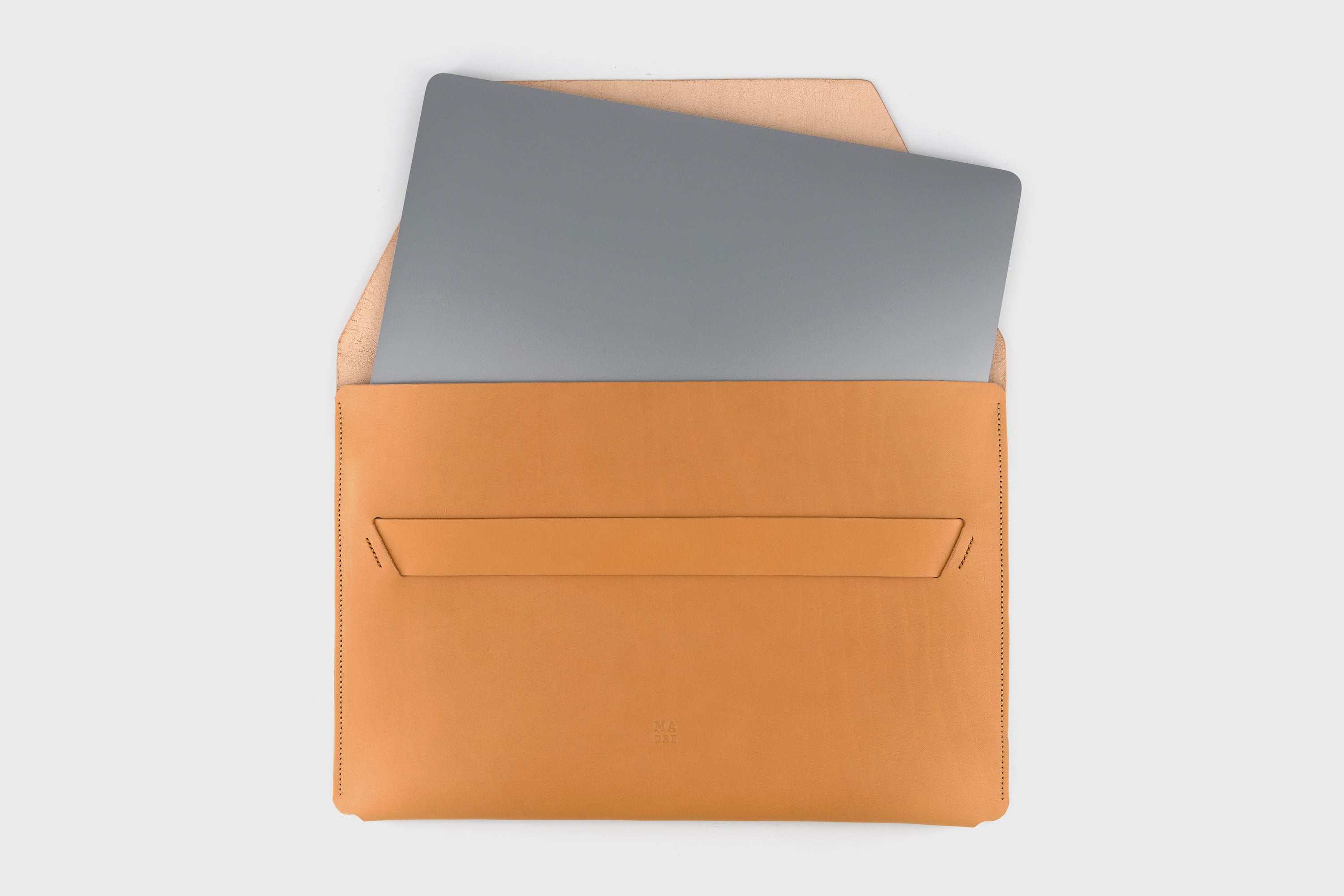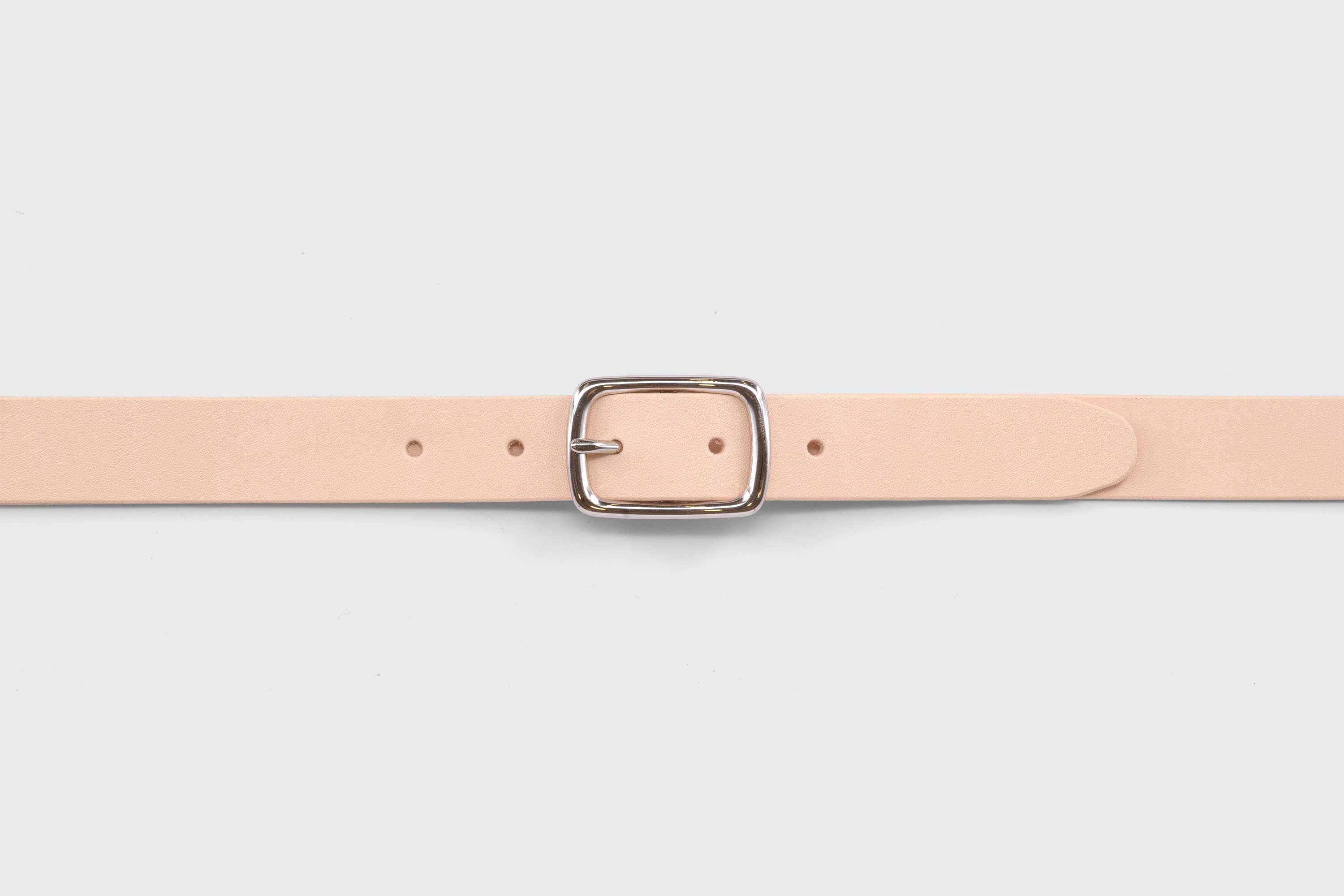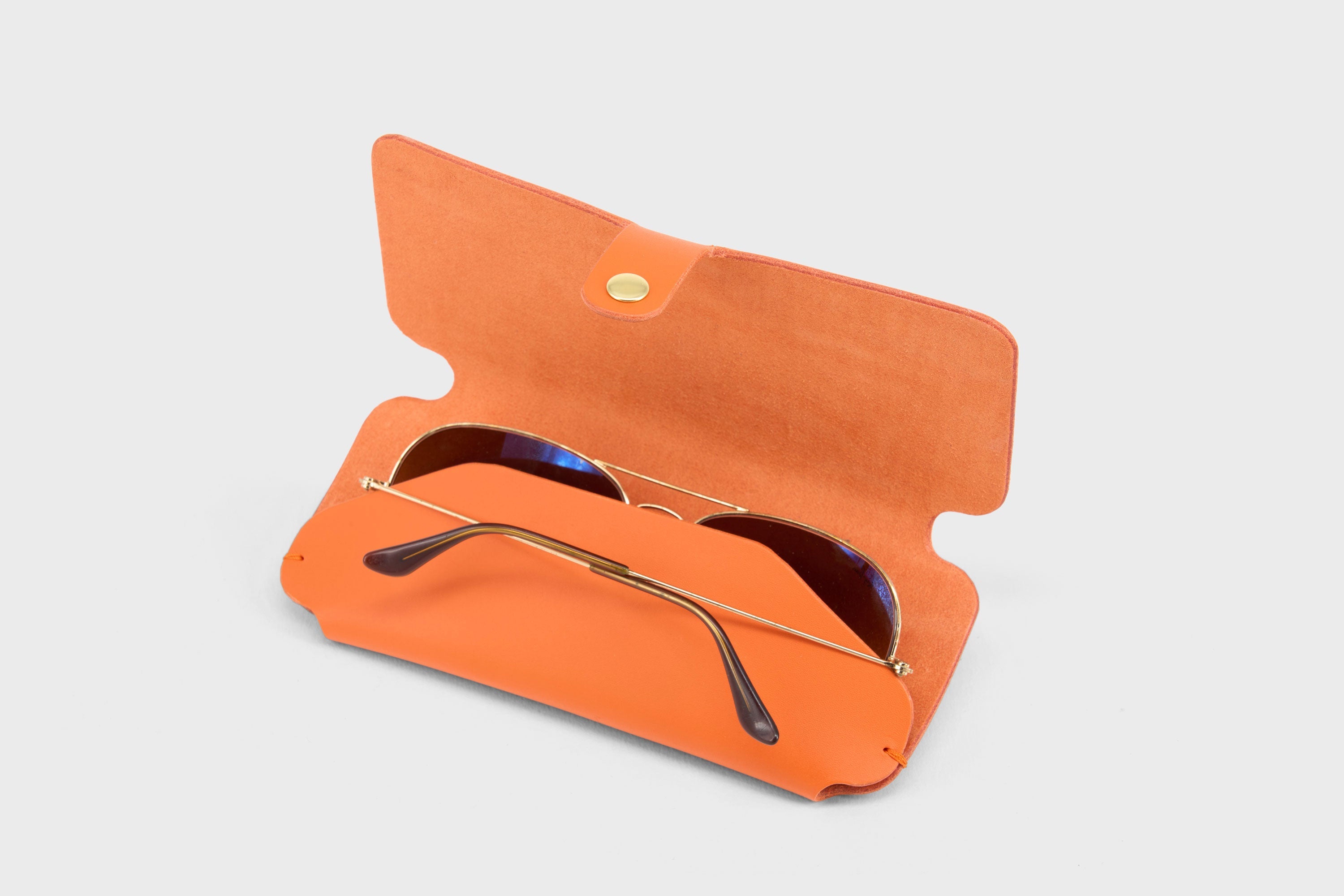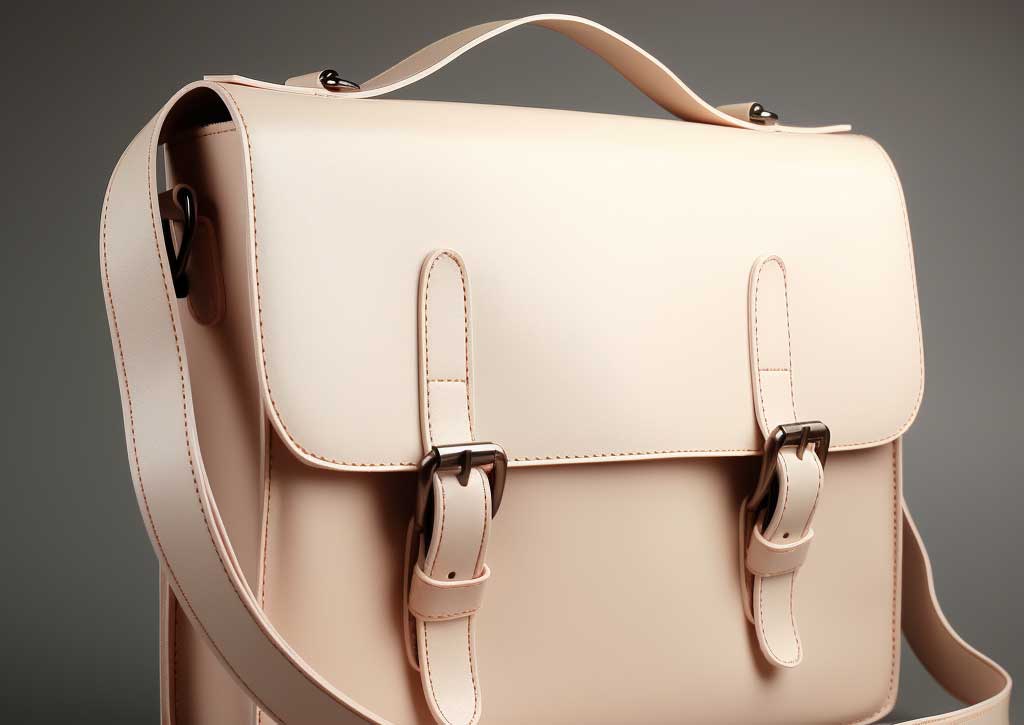
Leather and water, why to avoid!
Water is the best friend of leather. If leather is untreated, the water will soak deeply inside the leather and stay there forever in form of a water stain. In worst cases it can lead to the leather cracking. Therefore here are some informations about how to handle that love relationship.
Will water damage leather?
Yes, water can damage leather if it is not treated properly. Leather is a natural material that can be affected by exposure to water, especially if the leather is not treated with a water-resistant finish. If leather gets wet, it can absorb the moisture, causing it to become stiff, discolored, and eventually deteriorate over time. Water can also cause mold and mildew to grow on leather, which can be difficult to remove and can lead to permanent damage. To minimize the risk of water damage, it's important to treat leather products with a water-resistant finish, avoid exposing them to water when possible, and properly clean and dry them if they do get wet.
Is full grain leather water proof?
Full grain leather is not completely waterproof, but it is naturally water-resistant to some extent. Full grain leather is the top layer of the hide and has the natural grain patterns and imperfections intact, making it the strongest and most durable type of leather. However, the natural oils in the leather can be lost over time, making it more vulnerable to water damage. To maintain the water-resistant properties of full grain leather and protect it from water damage, it's important to treat it with a water-resistant finish, avoid exposing it to water when possible, and clean and dry it properly if it does get wet. Keep in mind that even with proper care, full grain leather is not completely waterproof and can still be affected by water if it is not treated properly.
Are synthetic leathers waterproof?
Synthetic leather can be treated to be water-resistant, but it is not necessarily waterproof. The level of water resistance can vary depending on the quality of the synthetic leather and the treatments applied to it. Synthetic leather is made from plastic materials, which are not porous like natural leather. This means that water can bead off the surface, but if it seeps into seams or holes, it can cause damage to the material. It is important to follow the manufacturer's guidelines for caring for synthetic leather products to maintain their water resistance.
Is suede leather waterproof?
Suede leather is not waterproof. Suede is a type of leather that has a soft, napped surface, and it is created by splitting the backside of a piece of leather and brushing the surface to create a velvety texture. The soft and porous nature of suede leather makes it highly susceptible to water damage. When suede leather gets wet, it can stain, stretch, and lose its shape. While there are products available that claim to make suede leather water-resistant, it's best to avoid getting suede leather wet and to protect it from exposure to rain, snow, and moisture as much as possible.
Why waterproofing leather?
Waterproofing leather is important to protect it from damage and to extend its lifespan. Leather can be expensive and investing in a good waterproofing product can help prevent it from becoming damaged, stained, or discolored due to exposure to water. Water can cause leather to stretch, crack, and lose its shape, which can make it look worn and unattractive. By waterproofing leather, you can help keep it looking its best for a longer period of time. Additionally, waterproofing leather can also make it easier to clean and maintain, as dirt and stains will not penetrate the material as easily. Whether you own a leather jacket, shoes, handbags, or any other leather item, waterproofing is an important step in protecting your investment.
What are the best methods to protect leather from water?
Here are some methods to protect leather from water damage:
-
Use a water-resistant spray or finish: Before using your leather product, treat it with a water-resistant spray or finish. This will create a barrier between the leather and water, protecting it from damage.
-
Avoid exposing leather to water: Avoid exposing leather products to water as much as possible. This includes not wearing leather shoes in the rain and keeping leather bags away from water sources.
-
Clean and dry leather properly: If leather gets wet, clean it and dry it as soon as possible to minimize damage. Use a soft cloth to gently wipe away any dirt or moisture, and then stuff the leather with paper towels to help absorb the moisture. Allow the leather to air-dry completely before using it again.
-
Store leather properly: Store leather products in a cool, dry place when not in use. This will help prevent damage from water and other environmental factors.
-
Use a leather conditioner: Regularly conditioning leather will help to keep it soft and supple, reducing the risk of water damage.
By following these steps, you can help protect your leather products from water damage and keep them in good condition for years to come.
How to use wax to protect leather from water?
Here is a step-by-step guide on how to use wax to protect leather from water:
-
Clean the leather: Clean the leather surface using a damp cloth to remove any dirt or grime. Allow the leather to dry completely before proceeding.
-
Apply leather wax: Using a soft cloth, apply a thin, even layer of leather wax to the surface of the leather. Use a circular motion to work the wax into the leather and ensure even coverage.
-
Let the wax dry: Allow the wax to dry completely, which typically takes about 10-15 minutes.
-
Buff the leather: Using a clean, soft cloth, gently buff the leather surface to remove any excess wax and give the leather a shine.
-
Repeat as needed: Repeat this process as needed to maintain the leather's water-resistant properties.
Wax can help protect leather from water by forming a barrier over the surface of the leather. This barrier helps to repel water, preventing it from penetrating the leather and causing damage. However, it is important to use wax sparingly, as too much can cause the leather to become stiff and brittle over time.
How to use a water resistant spray on leather
Here is a step-by-step guide on how to correctly use a water-resistant spray on leather:
-
Clean the leather: Clean the leather surface using a damp cloth to remove any dirt or grime. Allow the leather to dry completely before proceeding.
-
Test the spray: Before applying the water-resistant spray, test it on an inconspicuous area of the leather to make sure it won't cause any discoloration or damage.
-
Apply the spray: Hold the spray bottle about 6-8 inches from the surface of the leather and apply an even, thin layer of the water-resistant spray. Ensure that you cover the entire surface, including the seams and edges.
-
Let the spray dry: Allow the spray to dry completely, which typically takes about 10-15 minutes. Do not touch the leather or place any objects on it during this time.
-
Repeat as needed: Repeat this process as needed to maintain the leather's water-resistant properties.
Using a water-resistant spray can be an effective way to protect leather from water damage. However, it's important to use the spray as directed, and to test it on an inconspicuous area first, to make sure it won't cause any discoloration or damage. Over-applying the spray can also cause the leather to become stiff and brittle, so it's important to use it sparingly.
How to dry leather when it became in contact with water?
Here is a step-by-step guide on how to correctly dry leather that has come into contact with water:
-
Blot the moisture: Use a clean, absorbent cloth or paper towel to blot the water from the surface of the leather. Do not rub the leather, as this can cause it to become discolored or damaged.
-
Allow the leather to air dry: Place the leather in a well-ventilated area, away from direct sunlight or heat sources, and allow it to air dry. Avoid using a hair dryer or other heating device, as this can cause the leather to crack or become misshapen.
-
Condition the leather: After the leather is completely dry, use a leather conditioner to restore its natural oils and prevent it from becoming brittle.
-
Avoid future water exposure: To prevent water damage to leather, avoid exposing it to water whenever possible. If it becomes necessary to clean leather, use a damp cloth and allow it to air dry as described above.
How to remove a water stain from leather?
If there is a stain of water on the leather it is most unlikely that you will be able to remove it completely. Also any attempt to remove the stain might in fact damage the leather. So we actually don't advise anyone to do that by themselves. If it is important for you, we suggest to seek help of someone professional to do it for you. However here is a method you could try, on your own risk:
-
Blot the stain: Blot the water stain with a clean, absorbent cloth or paper towel to remove as much moisture as possible.
-
Let it dry completely: Allow the leather to air dry completely before attempting to remove the stain. Do not use a hair dryer or other heating device, as this can cause the leather to crack or become misshapen.
-
Mix a solution: Mix a solution of equal parts white vinegar and water. Dip a clean, soft cloth into the solution and wring it out well so it's just damp.
-
Apply the solution: Gently rub the stain with the damp cloth, using circular motions. Avoid using too much pressure, as this can cause the leather to become discolored or damaged.
-
Let it dry: Allow the leather to air dry completely after applying the solution.
-
Condition the leather: Once the leather is dry, use a leather conditioner to restore its natural oils and prevent it from becoming brittle.
By following these steps, you can remove water stains from leather and keep it looking its best. Some leathers are more delicate and prone to staining than others, so it's important to take care when handling and cleaning them.


